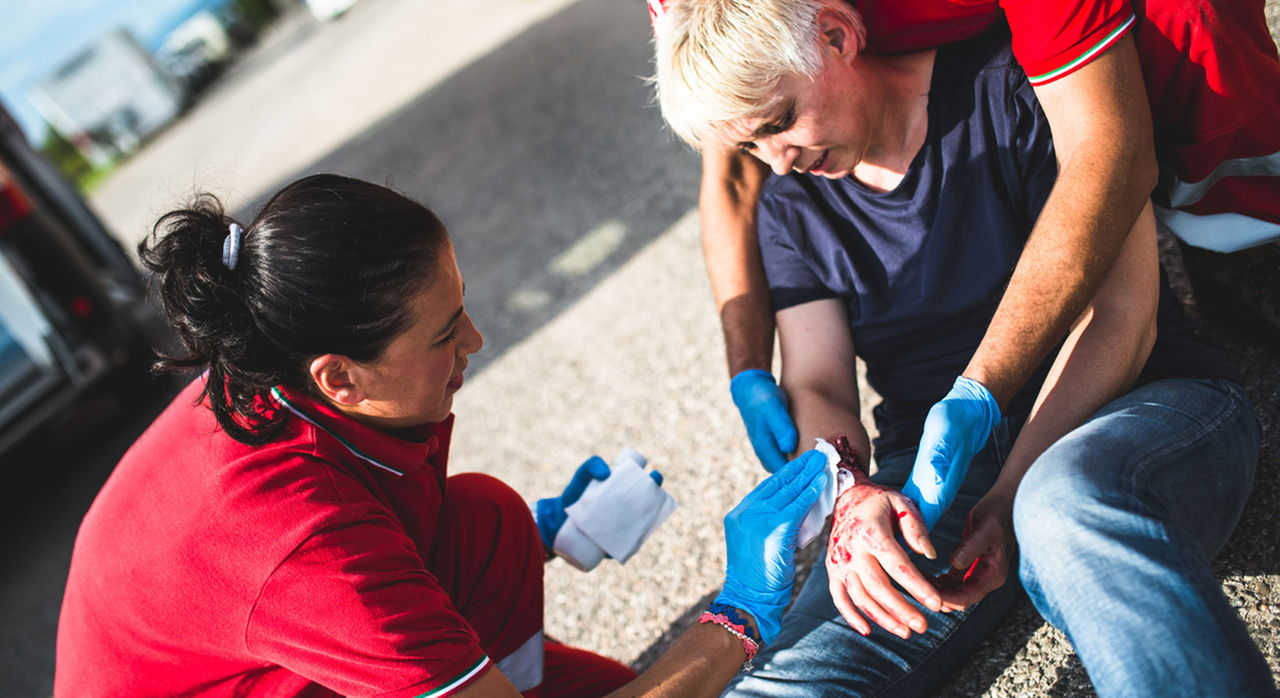-
- Find Care
-
- Visitor Information
- Find a Location
- Shuttles
- Visitor Policies
-
-
-
- Our Virtual Care Options
- Virtual Urgent Care
- Virtual Visits for Primary & Specialty Care
- Online Second Opinions
- Participate in Research
-
- Contact us
-
- For Innovators
- Commercialization Guide for Innovators
-
-
- Research News
- Alzheimer's Disease
- Artificial Intelligence
-
- Overview
-
- Overview
- Getting Started
- New to Mass General Brigham
- International Patient Services
- What Is Patient Gateway?
- Planning Your Visit
- Find a Doctor (opens link in new tab)
- Appointments
- Patient Resources
- Health & Wellness
- Flu, COVID-19, & RSV
- Billing & Insurance
- Financial Assistance
- Medicare and MassHealth ACOs
- Participate in Research
- Educational Resources
- Visitor Information
- Find a Location
- Shuttles
- Visitor Policies
- Find Care
-
- Overview
- Our Virtual Care Options
- Virtual Urgent Care
- Virtual Visits for Primary & Specialty Care
- Online Second Opinions
-
- Overview
- Participate in Research
-
- Overview
- About Innovation
- About
- Team
- News
- For Industry
- Venture Capital and Investments
- World Medical Innovation Forum (opens link in new tab)
- Featured Licensing Opportunities
- For Innovators
- Commercialization Guide for Innovators
- Contact us
-
- Overview
- Information for Researchers
- Compliance Office
- Research Cores
- Clinical Trials
- Advisory Services
- Featured Research
- Two Centuries of Breakthroughs
- Advances in Motion (opens link in new tab)
- Brigham on a Mission (opens link in new tab)
- Gene and Cell Therapy Institute
- Research News
- Alzheimer's Disease
- Artificial Intelligence
-
- Overview
-
- Overview
- Residency & fellowship programs
- Brigham and Women's Hospital
- Massachusetts General Hospital
- Mass Eye and Ear
- Newton-Wellesley Hospital
- Salem Hospital
- Integrated Mass General Brigham Programs
- Centers of Expertise
- Global & Community Health
- Health Policy & Management
- Healthcare Quality & Patient Safey
- Medical Education
- For trainees
- Prospective trainees
- Incoming trainees
- Current trainees
- Continuing Professional Development
Stopping Bleeding: What to Do in an Emergency

Bleeding injuries are common in the United States. Accidents can happen at home, in the workplace, or while participating in sports or other recreational activities.
Many homes and workplaces have first aid kits you can use to help control minor bleeding. If bleeding is severe or if you’re far from a hospital, you can be a critical part of emergency response if you keep a cool head and act fast.
Most importantly, follow emergency protocols that protect you and the injured person from potential further injury or infection. Mass General Brigham emergency medicine doctor Regan Marsh, MD, MPH, shares these immediate steps you can take if someone close to you is bleeding from an injury. Learn how to stop bleeding and what to do if there is severe bleeding.
Step 1: Make sure the scene is safe for you to help the injured person.
If there’s no immediate danger:
- Move the person to safety if you can.
- Wear gloves and eye protection if they are available. This helps prevent the spread of HIV or other blood-borne infections.
Step 2: Call 9-1-1 if the bleeding requires emergency care.
Bleeding may require emergency care if it:
- Appears severe
- Is spurting from a wound or bleeding from an artery
- Is from a wound to the neck, chest, or abdomen
- Does not stop after 10 minutes of direct pressure
Step 3: Stop the bleeding.
Try to stop or control the bleeding until help comes:
- Apply steady pressure with a clean cloth, gauze, or tissue until bleeding stops. Do not remove the cloth, even if blood soaks through.
- Wrap or compress a wound that soaks through bandages with more material and keep direct, constant pressure.
Using a tourniquet for severe bleeding
For arm and leg wounds with severe bleeding that does not stop with direct pressure, consider applying a tourniquet. A tourniquet is a cord or band that is tightened around a limb, usually above a wound, to stop the flow of blood through a vein or artery. When used properly, a tourniquet can prevent excessive blood loss and keep someone from “bleeding out.”
How to apply a tourniquet
Use this step-by-step guide to apply a tourniquet. The guide was developed by the Stop the Bleed campaign. It helps bystanders manage a bleeding emergency before professional help arrives.
Before you use a tourniquet, make sure to follow the guidelines below:
- Only use a tourniquet if you’ve been trained to use one correctly.
- Use only commercially available first aid tourniquets.
- Only use a tourniquet for severe wounds to major arteries to prevent unsustainable blood loss.
Step 4: Care after bleeding stops
If you can stop the bleeding at home, gently clean the wound following the recommended steps below:
Do:
- Gently clean the wound using only soap and water.
- Apply antibiotic ointment to reduce the risk of infection.
- Cover with a sterile bandage.
Do not:
- Use alcohol, iodine, or hydrogen peroxide to clean a wound. While these can kill harmful bacteria, they are also exceedingly harsh on surrounding tissue and can delay the healing of the wound.
Accidents happen, and emergency responders can take time to arrive. Follow these steps and you’ll be doing the best you can to stabilize the situation while you wait for help.
